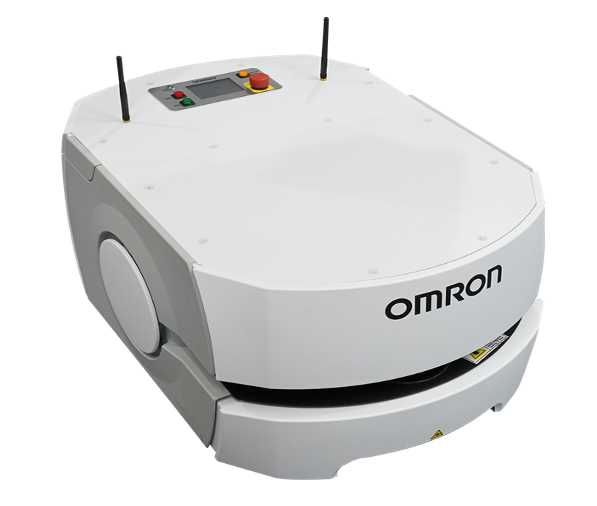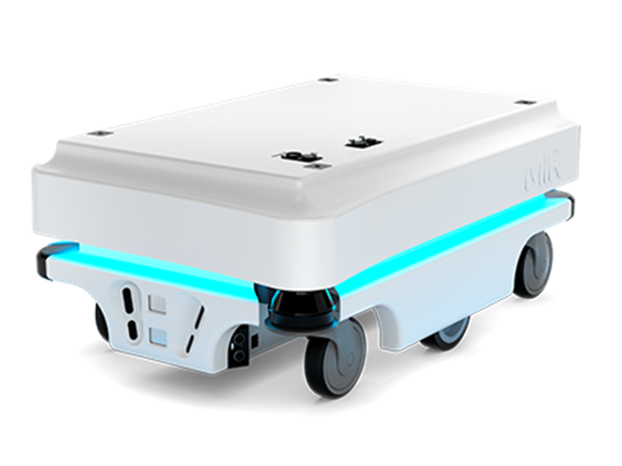RCLEAR - Disinfection Robots
Ultraviolet germicidal irradiation (UVGI) is a disinfection method that uses short-wavelength ultraviolet (ultraviolet C or UV-C) light to kill or inactivate microorganisms by destroying nucleic acids and disrupting their DNA, leaving them unable to reproduce and infect.

UVGI
Ultraviolet germicidal irradiation (UVGI) is a disinfection method that uses short-wavelength ultraviolet (ultraviolet C or UV-C) light to kill or inactivate microorganisms by destroying nucleic acids and disrupting their DNA, leaving them unable to reproduce and infect.
It is a very effective method of destroying microorganisms. An increase in effectiveness can be achieved by using reflection. Aluminum has one of the highest reflection rates compared to other metals, and is very useful for reflecting UV rays. Our devices are mainly made of Aluminium parts.
UVC Disinfection
UV light provides rapid, effective inactivation of microorganisms through a physical process. When bacteria, viruses and protozoa are exposed to the germicidal wavelengths of UV light, they are rendered incapable of reproducing and infecting. Microorganisms are inactivated by UV light as a result of damage to nucleic acids. The high energy associated with short wavelength UV energy, primarily at 253,7 nm, is absorbed by cellular RNA and DNA. This absorption of UV energy forms new bonds between adjacent nucleotides, creating double bonds or dimers. Dimerization of adjacent molecules, particularly thymine, is the most common photochemical damage. Formation of numerous thymine dimers in the DNA of bacteria and viruses prevents replication and inability to infect.

Rclear-M
We currently have 02 types of disinfection devices, static and mobile. Static disinfection device consists only of the disinfection unit connected to a plate for its movement and the mobile disinfection device consist of two parts correlated in their operation.
Part 1 concerns the disinfection unit based on eight UV lamps, and the assembly is supported by an autonomous mobile robot constituting part 2.
- Part 1: The disinfection unit allows disinfection of the ambient air and surfaces by short wavelength ultraviolet radiation (UVC). UVC radiation can inactivate many viruses and bacteria.
- Part 2: It is an autonomous mobile robot supporting the disinfection device. The autonomous mobile robot has a certain ability to adapt to its environment. The software that pilots it is able to react to obstacles that may be encountered in a room and to bypass them. We use OMRON and MIR robots as mobile platform.

Rclear-S
The Rclear-S is a static disinfector with a plate for its movement. Below are the characteristics of the devices

Where ?
